|
|
|
|
|
|
|
|
Context:
Constitutional Role of Governor in calling Legislative Assembly Session:
Can the Governor refuse the aid and advice of the Cabinet?
News Source: The Hindu
Context:
About ASEAN-India Trade in Goods Agreement (AITIGA):
About Association of Southeast Asian Nations(ASEAN):
Institutional Mechanism of ASEAN.
Forums led by ASEAN:
Member Countries:
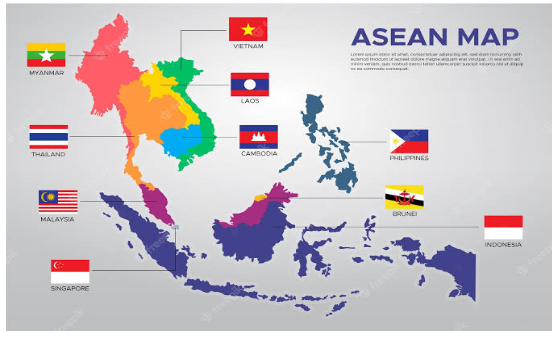
News Source: Economic Times
Context:
More about the news:
Concerns with high sea temperatures:
About the Mediterranean Sea:
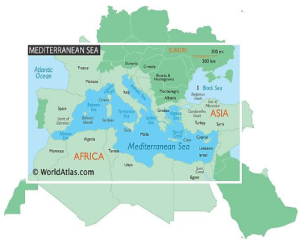 The Mediterranean Sea is connected to the Atlantic Ocean by the Strait of Gibraltar on the west and to the Sea of Marmara and Black Sea, by the Dardanelles and the Bosporus respectively, on the east.
The Mediterranean Sea is connected to the Atlantic Ocean by the Strait of Gibraltar on the west and to the Sea of Marmara and Black Sea, by the Dardanelles and the Bosporus respectively, on the east. Bordering Countries:
Context:
More about the news:
About Pradhan Mantri Ujjwala Yojana (PMUY):
Target Beneficiaries under the scheme:
Benefits to Citizens:
News Source: Business Standard
Context:
Exploration in the North Sea:
Continental Shelf Act:
About North Sea:
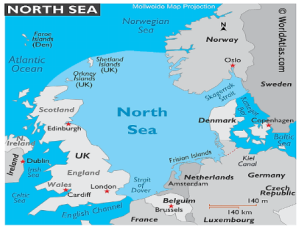
News Source: The Hindu
Context:
A new study led by the ‘Clinical Studies and Trials Unit’ of the Indian Council of Medical Research (ICMR) found that vaccination against COVID-19 before contracting the infection provided around 60 per cent protection against post-discharge death after at least one dose.
Key Findings of Study:
News Source: DTE
Context:
Indian scientists have developed the first ever low-pungent mustard based on CRISPR/Cas9 gene editing, while being non-GM and transgene-free.
About Gene-edited Mustard:
CRISPR:
Cas 9:
|
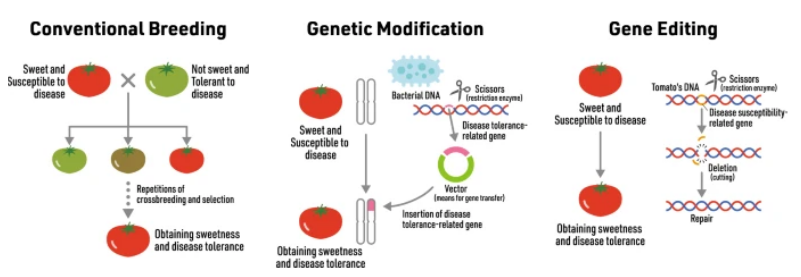
How did Scientists Created this Gene-Edited Mustard?
Benefit of Gene Edited Mustard:
Genetically Modified (GM) versus Gene Editing (GE)
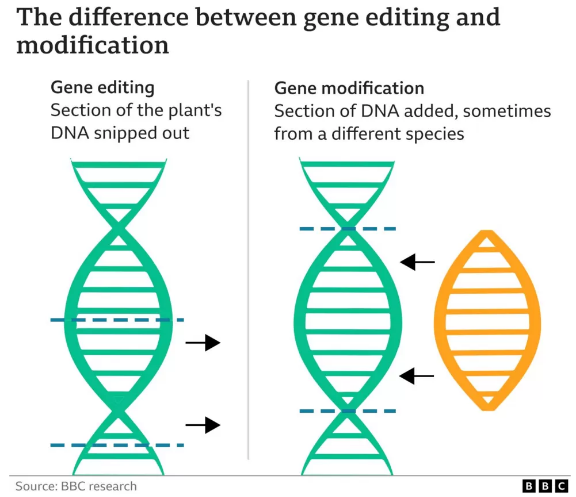
| Aspect | Genetically Modified (GM) | Gene Editing (GE) |
| Source of Genes | Foreign genes from unrelated species | Uses the organism’s own genetic material |
| Precision | May have variable precision in gene insertion | Highly precise, enabling targeted changes |
| Ethical Concerns | May involve ethical considerations related to introducing foreign genes | Often considered more ethically acceptable due to working with the organism’s own genes |
| Ecosystem Impact | Potential ecological impact due to introduction of foreign genes | Lesser ecological impact as changes are made to the organism’s own genes |
| Example | Bt Brinjal | Gene-edited Mustard |
Rapeseed-Mustard:
Glucosinolates:
|
News Source: The Indian Express
Context:
Recently, the Ministry of Finance has imposed a 40 percent export duty on onions to ensure a more stable domestic supply.
More on News:
Factor Responsible for Price Rise:
The prices of agricultural commodities are influenced by various factors:
|
Cobweb Phenomenon:
|
Government Initiative to check Pricing of Agricultural Commodities:
Challenges in Agriculture Pricing:
Way Forward:
News Source: The Hindu
SC Verdict on Newsclick Shows Adherence to Due Pro...
Stay Invested: On Chabahar and India-Iran Relation...
Credit Rating Agencies, Impact on India’s De...
Catapulting Indian Biopharma Industry
Globalisation Under Threat, US Import Tariffs Have...
Global Report on Hypertension, Global Insights and...
<div class="new-fform">
</div>
